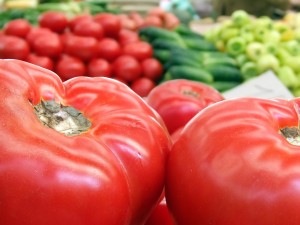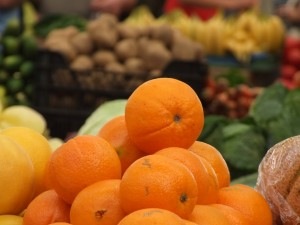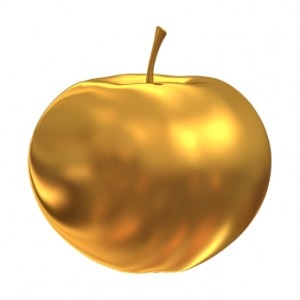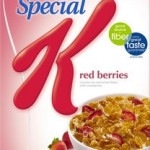Have you seen the TV commercials where a parent does whacko things to prevent her child from knowing that canned pasta in tomato sauce counts as a vegetable serving?
Give me a break. Kids need to know that vegetables are great food – and that they come from a garden not from a can of pasta with tomato sauce or from a mixture of vegetable juices. In case you missed it, during Jamie Oliver’s attempts to change school cafeteria foods he goes into an elementary school classroom and asks the kids to identify the vegetables he holds up. They didn’t even know what an actual tomato looked like.
The health gurus tell us over and over again that vegetables and fruit are a necessary part of a healthy diet. They do all kinds of good things for our bodies. They taste good, they’re a whole lot cheaper than meat, fish, and many types of dairy products, and they don’t have the saturated fat found in animal foods.
According to the Center for Disease Control and Prevention (CDC):
- Only a third of Americans eat two or more fruit servings a day – with orange juice ranking first in consumption.
- Only a quarter eat three or more vegetable servings each day with potato the number one veggie (if you guess long, skinny, and fried as the most popular form you’ve grabbed the brass ring).
The Way It Was
I grew up in New York City in an era when canned and then frozen veggies reigned. But, I would spend summers and vacations on my Grandmother’s farm in Pennsylvania and eat produce straight from the garden – or from what had been “put up” at the end of the harvest season.
My Aunt, the 12th child of my grandparents’ 13 kids, sent me the following email:
My mother did canning the old fashioned way, it was called cold packing. Everything you wanted to preserve was cleaned and packed into bottles — because of our large family we used 2 quart bottles. After the bottles were packed they were put into a big vat of water and brought to a boil. The boiling time depended on what was in the bottles.
Our family packed 210 quarts of tomatoes, 180 quarts of string beans, and about 80 to100 quarts of fruit (cherries, blueberries, etc.). We made our own jelly and jam such as strawberry, grape, and peach. We dried beans and peas in the sun also picked mushrooms and dried them for the winter.
Talk about eating real food and a diet filled with vegetables!
The Bottom Line
Although most of us don’t grow and preserve out food anymore, farmer’s markets and even supermarkets are giving many of us easier access to beautiful fresh produce. Still, Americans lag far behind the government’s recommended servings for fruit and vegetables.
According to the Harvard School of Public Health, a diet rich in vegetables and fruit has significant health benefits including: lower blood pressure; a reduced risk of stroke, heart disease, and probably some cancers; decreased risk of digestive and eye disorders; and an evening out of blood sugar which helps control your appetite.
The goal for most people is at least nine servings (4½ cups) of vegetables and fruit a day, and according to the Harvard School of Public Health, potatoes don’t count. To give your body the nutrients it needs try to eat a variety of produce, especially dark leafy greens, cooked tomatoes, and anything that’s a rich yellow, orange, or red color.
The Challenge
Challenge yourself to try a new kind of fruit or vegetable, or experiment in preparing it or serving it in new ways. Cook it, eat it raw, add it to a recipe, and jazz it up with herbs and spices which are also good for you. Once you start trying, you’ll be amazed at how many opportunities there are to add fruit and veggies to your meals. For your health’s sake, make it a challenge and a goal for you and your family to eat more produce.






